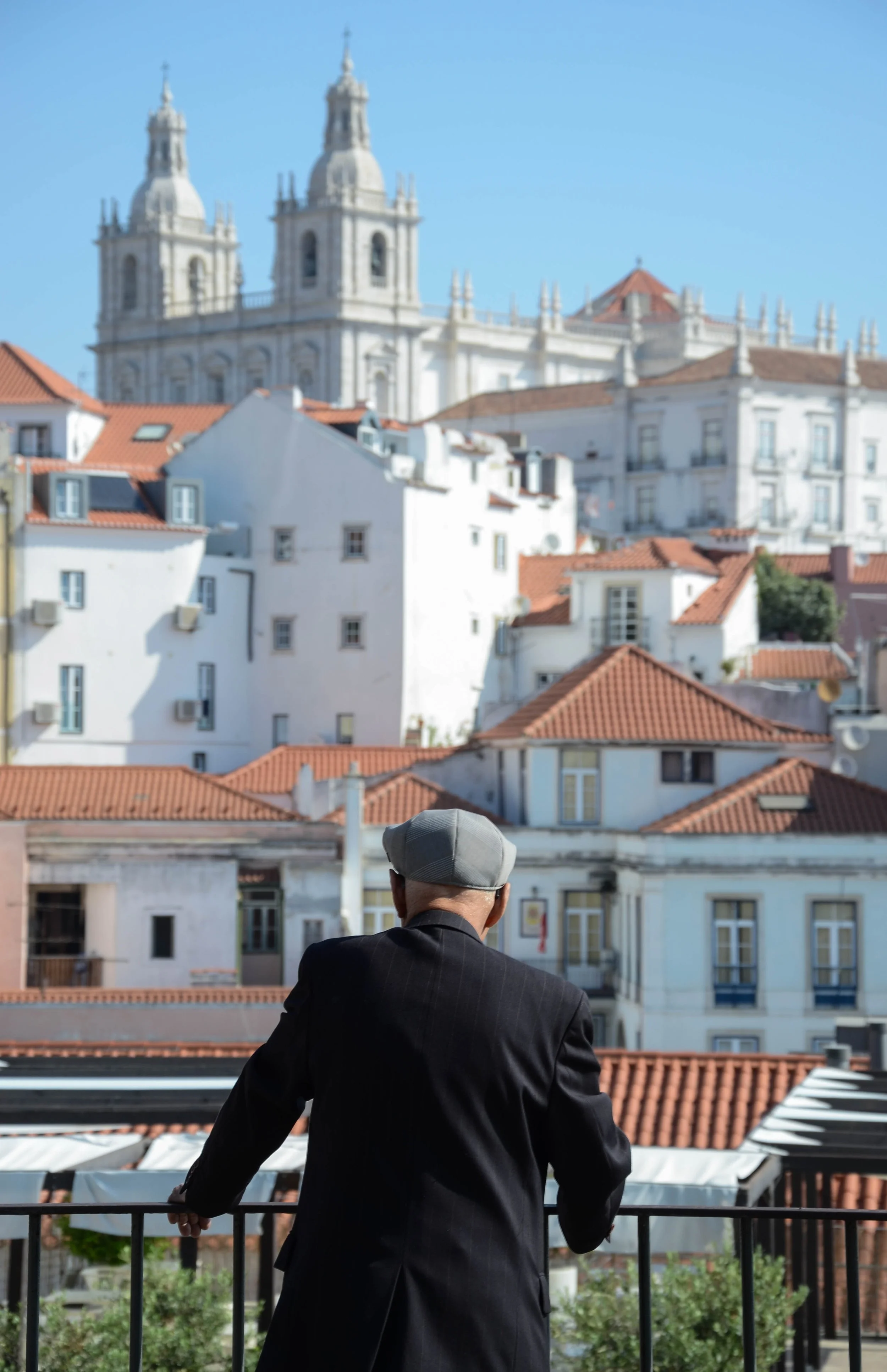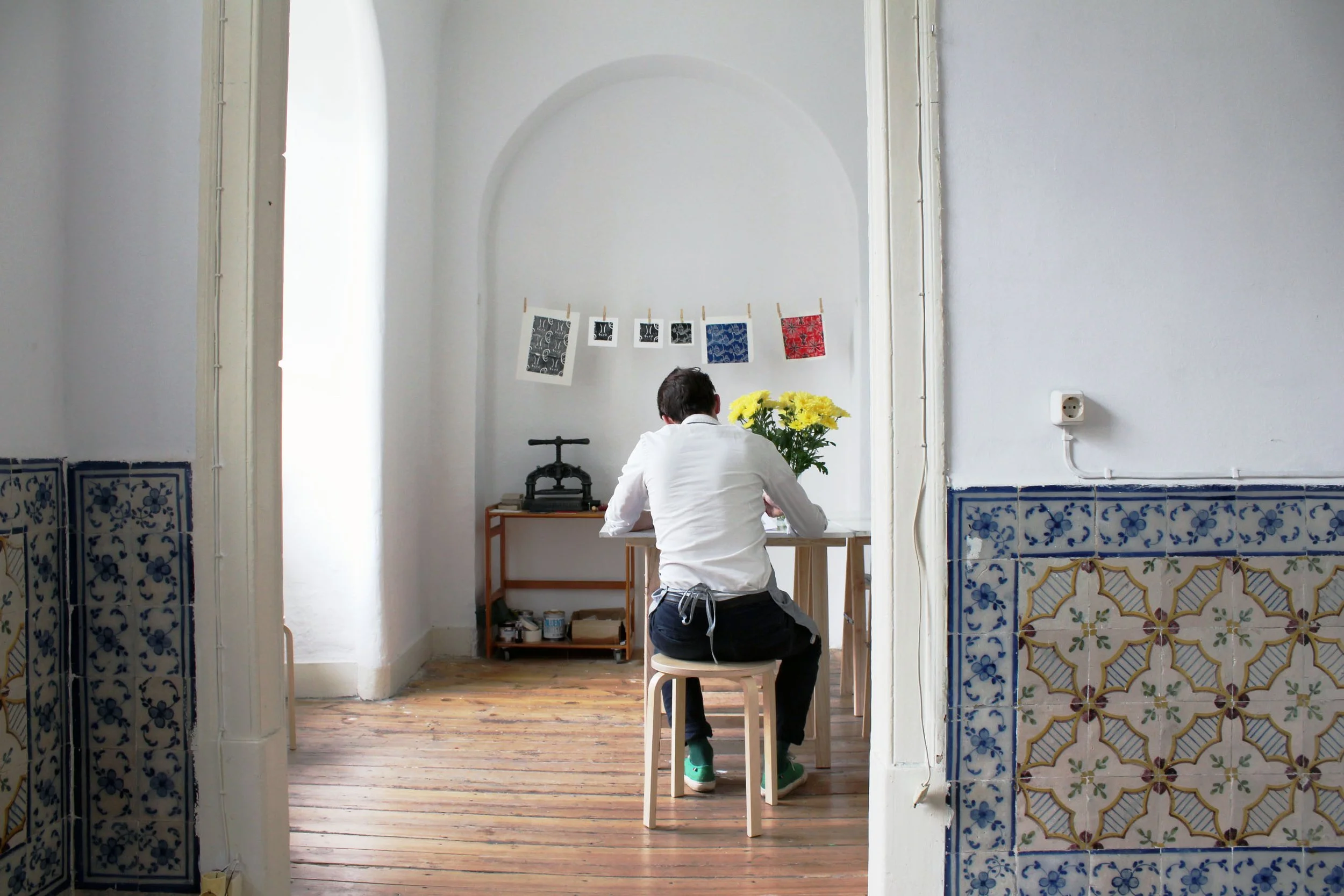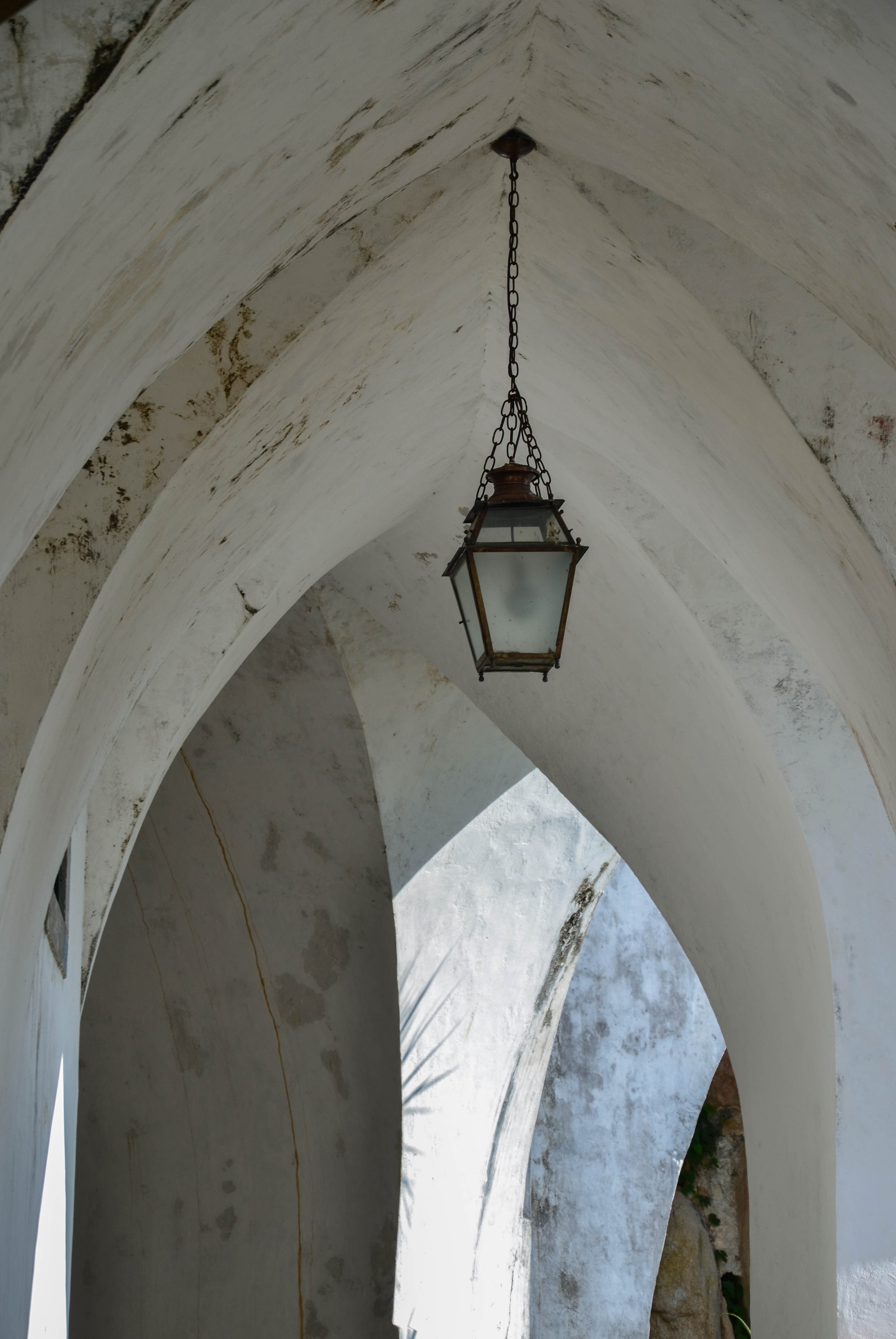A Lisbon Love Affair
Words by Sarah Jappy
Photographs by Richard Kelleher & Visit Portugal , Illustration by Ana Gil
This could easily have been an article about egg yolks. A love letter to Portuguese desserts and the custardy paradises of Porto and Lisbon. A paean to sunshine-yellow, coconut-y quindim cakes, pudim flan, baba de camelo (moreish mousse), doce de leite and, of course, the country’s infamous pastéis de nata, rustled up by monks of old with sinfully seductive baking skills.
Yet there’s more to these historic cities than superlative sugary confections – including heritage hotels, British artists and fish-curing chefs, cultural lures and green spaces galore. Let me transport you. But first, imagine the smell of sugar coming to a buttery boil as you read on…
It’s my birthday and this means one thing: getting the heck away from home (south London) and making a beeline for sunny Europe and its promise of wine and edible wonders. To Portugal, to be precise. Our celebratory immersion begins with a bonus five-day stint in Porto. This unassuming hilltop city unfurls in a series of surprises, each one more lovely than the last, sound-tracked by the honk of boats in the port and the indignant squawks of seagulls.
Scented with caramel, just-baked bread and sun-warmed linen drying on lofty balconies above, the city’s rain-damp streets wind like silver ribbons from restaurants to cake shops to boutiques to bars, under skies that alternately glower shark-grey or blaze blue-denim; glorious days when the Douro shimmers with a diamond-dust sparkle and the sunshine puts added jaunt in January’s step.
In retrospect, we come perilously close to peaking too soon in Porto, overindulging in lunchtime tankards of apple-crisp vinho verde with its giddy frisson of fizz, unabashed fishy feasts and more bacalhau and custardy confections than can be considered sensible. Luckily, we have a restorative base camp in store for our second-leg sojourn: Hotel Britania, part of the Lisbon Heritage Hotels group, tucked away on a quiet side street off arterial Avenida da Liberdade.
The illustrious Portuguese modernist architect Cassiano Branco (1897–1970) is responsible for the hotel’s Art Deco elegance, signalled by the façade’s round, porthole windows, creamy stone and licorice-black accents. Inside, much of the hotel’s classic 1940s charm endures, thanks to a sensitive and extensive restoration by the current owners. The lion’s share of this work involved peeling away and reversing regrettable ‘improvements’ made in the 70s, and triumphantly reinstating this grand dame’s former glory. Original wooden panelling, toffee-coloured cork floors, marble fittings and even the original barbershop, preserved exactly as it once was, allow guests to peer back into the city’s storied past.
Beautiful paintings and mini frescoes adorn the walls of the quiet bar and breakfast room, artfully referencing Portugal’s overseas empire of old. Black-and-white photographs recall the days when Spanish singer and actress Carmen Sevilla graced the bar with her butterfly-like presence, and dignitaries and visiting sporting heroes filled the hotel’s ballroom at decadent dinners. The lobby’s lift judders guests up to rooms styled with a warm, earthy 40s’ colour palette, all umber and amber, nut-brown wood and antique furniture, including charming coat stands and dark, heavy sideboards. For a more modern feel, the hotel’s newer rooms reinterpret the theme with a 21st century spin, throwing breezy balconies into the mix, too.
Days here begin in the peaceful, lemony-white library-breakfast room, whose substantial breakfast buffet ticks off all the usual suspects (cheeses, salads, cured meats, pastries, jams, eggs etc), along with some holiday-appropriate extras: an ever-present bottle of chilled champagne and an array of Portuguese petit-fours, for example. Naturally, nights end back at Hotel Britania’s bar, which does a fine line in giant G&Ts and classic cocktails. Felicidades!
What would feature in your Lisbon sojourn? Ours stars sunny strolls through leafy parks, characterful neighbourhoods such as Bonfim, Bairro Alto, Campo de Ourique and Príncipe Real, and trips to the Gulbenkian, where we gape at magnificent Persian rugs, ancient jewellery and the serpentine queue forming for the Tintin exhibition. Lunch afterwards at Linha d’Agua provides an opportunity to people-watch over hefty pieces of pie and cake; we admire locals enjoying languid dates, ensconced in stripy deck chairs by the shimmering fountains.
During our stay, we are lucky enough to be tutored in the art of lino-printing by charming British artist Tom Maryniak, of Lisboa Social Press. In his sugar-cube studio in downtown Lisbon, bright white with lashings of natural light, all lofty ceilings and art-adorned walls, Tom helps us to squidge fat noodles of paint into our chosen designs and shows us how to roll the press slowly over our creations. A therapeutic and lovely process, especially in Tom’s company – but do factor in time for your art to dry and be collected, as we are regrettably diverted by dinner…
But what a dinner! The chef behind Can the Can restaurant is the Willy Wonka of cured fish. If, like us, you’re new to swordfish-belly bacon, tuna pastrami or garum – an addictive fermented fish sauce that harks back to the ancient Greeks and Romans – then you’re in for a ride. Appropriately, empty fish cans bedeck the walls in a metallic, rainbow-coloured array, and the restaurant frequently collaborates with artists, as documented in Can the Can’s covetable book, Eat Art, which my bookworm partner browses with a barnacle-like grip (he eventually lets go). Cool cats will want to swing by Antù bar afterwards for cocktails and perhaps to browse vintage threads, lovingly curated by Peckham-based label (and trendy London fave) Wavey Garms.
If shopping floats your boat, this city spoils you. For vintage-lovers, there’s the Saturday flea market, Mercado de Santa Clara; stay for lunch in one of the charming restaurants or cafés in the market square. I leave with a(nother) enormous fur hat for my collection, because one is never too old or young to channel Julie Christie in Doctor Zhivago. If you like your wardrobe on the more modern side, visit the dangerously dapper Feeting Room concept store on Calçada do Sacramento, and while away a couple of hours in Embaixada, an elegant 19th-century palace that hosts a wallet-destroying wealth of designers across its regal two floors.
One morning, we roam around Lx Factory, the city’s answer to London’s Brick Lane. A highlight is Ler Devagar bookshop, a labyrinthine mini-kingdom set in a former printing space, with ladders stretching up the soaring, book-clad walls, a tempting café with chess-set-adorned tables and a bonkers top floor, home to a little jazz record store and a steampunk-style exhibition showcasing an eccentric array of dusty toys and treasures. Our pottering culminates in a burger lunch – a much-needed antidote to the previous night’s fishy overindulgence. (Similarly, when you need a bacalhau break, 3 Amigos serves amazing Mexican food and Koppu dishes up incredible ramen, pleasingly close to Hotel Britania.)
Last but not least, we make it to Belém. Admire the Unesco-listed Torre de Belém at sunset, when the sun seems to melt into the sea in a liquid-gold puddle. Note: it is basically illegal for tourists not to visit Pastéis de Belém for custard tarts. My Uber driver is so affronted when I confess to not going – ’Coming to Lisbon and not going to Pastéis de Belém is like going to Rome and not seeing the Vatican,’ – that we dutifully make a return trip the same night. (It’s worth it.)
Belém is also home to O Frade, a little restaurant with a big heart – and a Michelin Bib Gourmand. Our final-night feast features blow-torched lard, razor clams and meltingly soft ox-cheek, served with roasted vegetables and utterly-butterly mashed potato. With room for just one more caramelly dessert thrown in for good measure…
It’s a wonder we weren’t charged for excess baggage on the flight back home. In that event, my indisputable defence would have been: ‘But those Portuguese egg yolks…’
For more Portuguese adventures, check out the Lodestars Anthology Portugal magazine.












